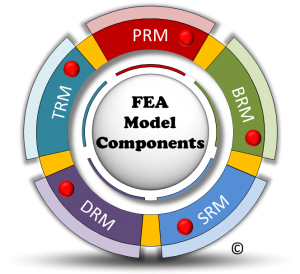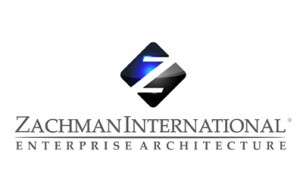Our Enterprise Architects are TOGAF 9.0 certified individuals who makes positive impact from the moment they begin to work on your project.
When you face challenges such as organization’s increasing technical complexity, maintenance costs, your IT systems hinders your ability to adapt to markets changes, your mission critical information systems becoming increasingly stale and wrong and your internal organizational resources and teams can’t trust the decisions made or actions taken, where do you go? Do you have questions such as:
- What should our objectives and goals be?
- What architecture solution is best for us?
- How each architecture solution will perform in our business culture?
- Is the leadership committed to the vision and or to simply be compliant with the laws, regulations and policies?
If these are your questions, we can advise you and help you reach that decision and tackle your IT and business challenges head-on.
After almost three decades four major enterprise architecture frameworks have survived the rigor of implementation, where each framework performs best or worst in various areas of the enterprise architecture framework & solutions.
 | The Federal Enterprise Architecture (FEA) is established and made available in 2006 by the federal government in an effort to unite its agencies and line-of-business under a single common enterprise architecture.
FEA consisted of five reference models:
1. Performance (PRM)
2. Business Reference Model (BRM)
3. Service Reference Model (SRM)
4. Technical Reference Model (TRM)
5. Data Reference Model (DRM)
The FEA views an enterprise as comprised set of segments where a segment is a line-of-business functionality, such as accounting or HR. Segments are categorized in two types:
1. Core mission-area segment: Is central to the mission or purpose of a particular political boundary within the enterprise.
2. Business-services segment: Is foundational to most, if not all, organizations involved.
While the above is a short and 50,000 feet view of FEA, we bring outstanding knowledge of this more complete framework to our clients. |
 | TOGAF describing itself as a framework, divides an enterprise architecture into four categories listed below:
1. Business architecture—The business process used to achieve its goals
2. Application architecture—How applications are designed and interact with one another
3. Data architecture—How the enterprise data-stores are organized and accessed
4. Technical architecture—Hardware and software infrastructure supporting applications architecture
The relationship between Enterprise Continuum and the ADM:
1. Enterprise Continuum
2. Foundation Architectures
3. Common Systems Architecture
4. Industry Architectures
5. Organizations Architectures (ADM)
|
 | John Zackman describes his work as (The [Enterprise Architecture] Framework as it applies to Enterprises is simply a logical structure for classifying and organizing the descriptive representations of an Enterprise that are significant to the management of the Enterprise, as well as to the development of the Enterprise's systems). |
 | "Just enough enterprise architecture, just in time," is what Gartner will say about the EA - Gartner views an architecture being about bringing together business leaders/owners, information specialists, and technology implementers. The goal is to bring together these three teams, unifying them to share a common vision in order to deliver business value. While Gartner does not provide a full EA methodology, its starts with focusing at where an organization is going instead of where it currently is.
|
We bring specialized skills and insight to these models and methods and will assess the performance of each enterprise solution for your business. We will work with you to select the right technical and business approach to adopting the best framework/model for your organization to implement; A solution that is based on your unique business and technical challenges and scoped implementation.
- Federal
- Sector
- Agency
- Segment
- System / Solution / Application
Let us help you achieve your enterprise architecture goals without second guessing your objectives and goals, decisions , and strategy.



